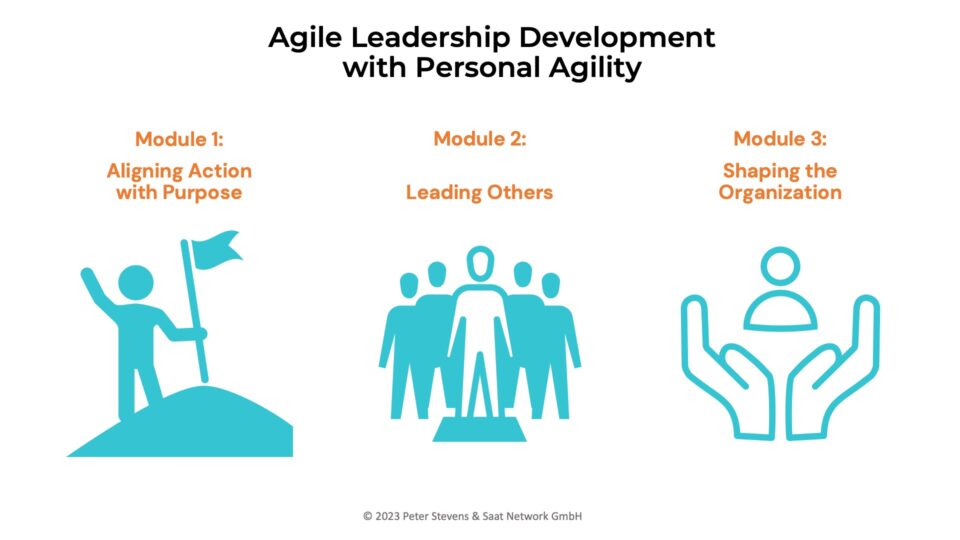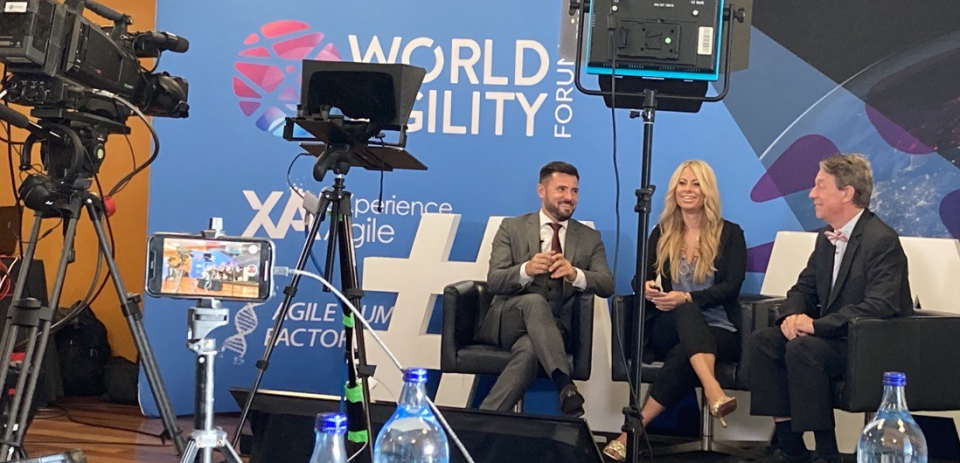Scrum Breakfast May: Demo Driven Development
05-04-2011LAS Conference 2011: Submission Deadline Extended
08-04-2011Last year Mary Poppendieck delighted the participants of the Lean Agile Scrum Conference in Zürich with her stories about and approach to lean leadership and ‘the tyranny of the plan.’
She told an amazing story of the building of the Empire State Building in New York. Although 4 times bigger that any previous building, it was built in just a year. The architects did not even have a design when they started! At it was completed on time and held the record of world tallest building for 40 years. The lessons of this building illustrate core principles in managing companies and software projects.
Peter Stevens: Mary, what is the core message of lean leadership?
Mary B. Poppendieck: The core message of lean leadership is 1) focus on delivering ever increasing value to customers, and 2) do this by leveraging the brainpower of bright, creative people.
PS: What is the biggest obstacle to adopting Lean Thinking in Management?
MBP: As I see it, management incentives usually focus on maximizing a part of a system – and managers respond by doing exactly what the incentives ask them to do. However, by maximizing a part of a system, the overall system is always sub-optimized. Thus managers look to reduce costs in their departments, rather than reduce overall costs even if this means that some department costs may not be as low as possible. For example, the clothing company Zara does not seek to minimize shipping costs or even manufacturing costs, the company treats fashion as a perishable commodity, so it seeks to replenish stores very rapidly with what will sell immediately. This strategy leaves the company with much less unsold merchandise than its competitors.
Another example of sub-optimizing measurements is the focus in some companies on making sure that everyone is busy all of the time; and generally this is done by assigning people to work on several things at the same time. However, this strategy causes enormous waste because trying to drive utilization high creates the equivalent of traffic jams and slows everything down, while time spent thrashing between assignments mounts.
PS: What advice would you give to a leader getting started?
MBP: Probably the most important thing for a leader getting started is to learn how to lead people effectively. New first line supervisors and team leaders should receive training in how to teach people to do a good job, how to improve work processes, how to create a motivating environment, and how to resolve personnel issues.
PS: And what advice would you give a leader who wants to introduce lean thinking into their organization (where a leader could be a thought leader, or anyone from a first level manager to top level manager)?
MBP: Lean thinking starts by focusing on customers – so the most important thing for introducing lean thinking is to gain and continually improve your understanding of what customers find valuable. Then try to get everyone to think about their customers – first of all their immediate customer, and then, the end customer. A development team, for example, will often hand their code over to a system testing team. Does everyone on the development team understand what system-testable code is? Do they understand the needs of the operations group? The support group? How can these needs be better served?
Next get everyone in the habit of thinking about the end customers who pays for, or uses, or derives value from the code. Are all efforts focused on increasing the value these customers receive? How could they receive even more value? What efforts are not contributing to delivering this value?
Finally, a leader should focus on the people delivering the value to customers. How can they be empowered to improve their work processes and deliver even more value to customers?
PS: How do Scrum, Kanban, and Lean Thinking complement each other? How do they step on each other’s toes?
MBP: Scrum is basically a method of accomplishing work through cadenced iterations. Kanban is a method of accomplishing work through limiting work-in-process and managing flow. I have found that some work (especially creative work) is more effectively managed with iterations, while other work (especially naturally sequential work) is more naturally managed with Kanban. Generally, you would use one or the other of these techniques, but not both at the same time for the same work. Determining which workflow management technique is best for a give situation should be done through experiments and system-level measurement of results.
Lean does not give you a specific set of techniques to manage work, but rather a set of principles to help you decide how to deliver the most value with the least effort, and how to keep improving your current techniques. Thus Lean principles would encompass the use of both Scrum and Kanban – and other methods of managing workflow as well. Sometimes people are frustrated because Lean does not provide a set of rules on how to do things, but rather a set of thinking tools (principles). For these people, Scrum and/or Kanban are very good starting points. But Lean would have every company view these techniques as starting points that are constantly improved, so after a few years, Scrum and Kanban should evolve and change to something quite different than their starting point.
PS: What will participants learn at your course next month?
MBP: The participants will look at their specific companies and learn to see the waste in current processes. Then after some time spent on examining lean approaches to technical discipline and managing workflow, the participants will sketch a future set of processes that should eliminate the biggest waste in their process. They will also learn about problem solving approaches that will help them constantly improve their processes.
Come join Mary & Tom Poppendieck for a 2-day intensive lean leadership retreat the Karthause Ittingen. Principles, Tools and Problem Solving Skills to continuously improve your business. Info & Registration…






2 Comments
Hi Peter,
Very interesting post! I've translated it into french : Entretien avec Mary Poppendieck sur le Lean, Scrum, Kanban et le Leadership.
Thank you again,
Fabrice
Hi Fabrice, Once again, it is I who says, Merci Beaucoup!
Peter